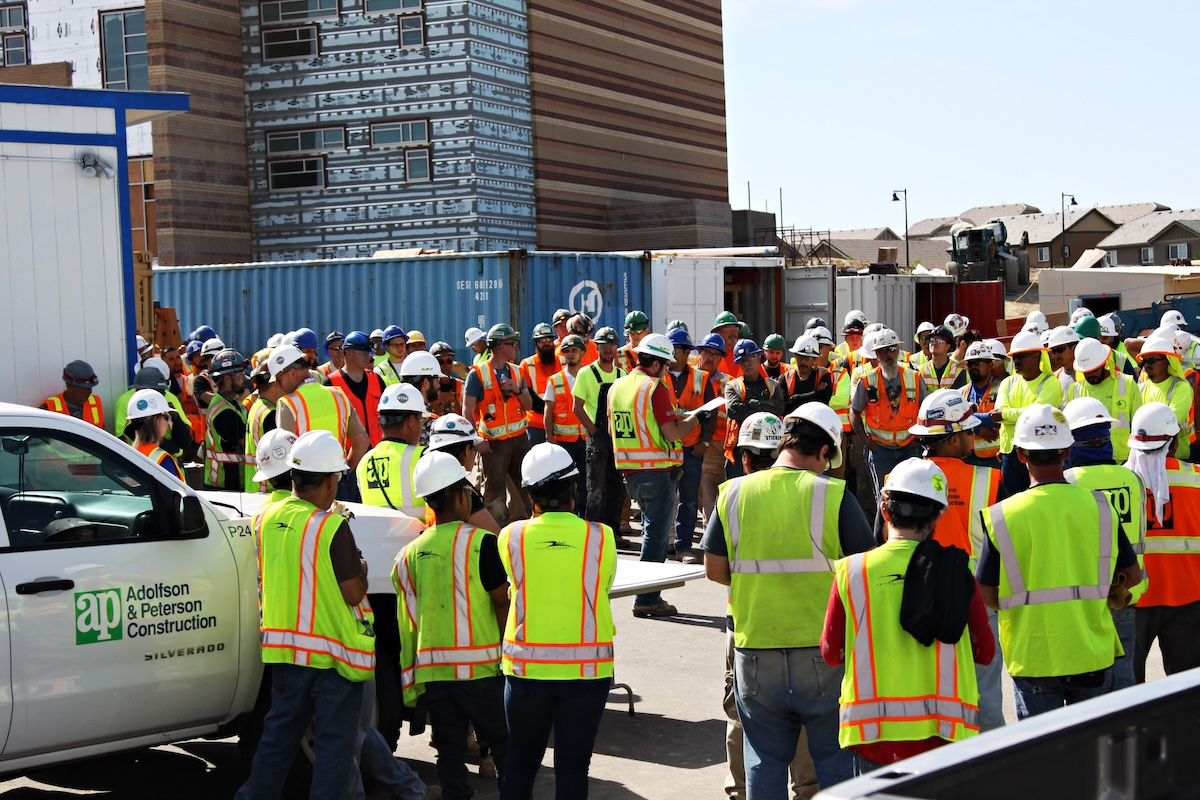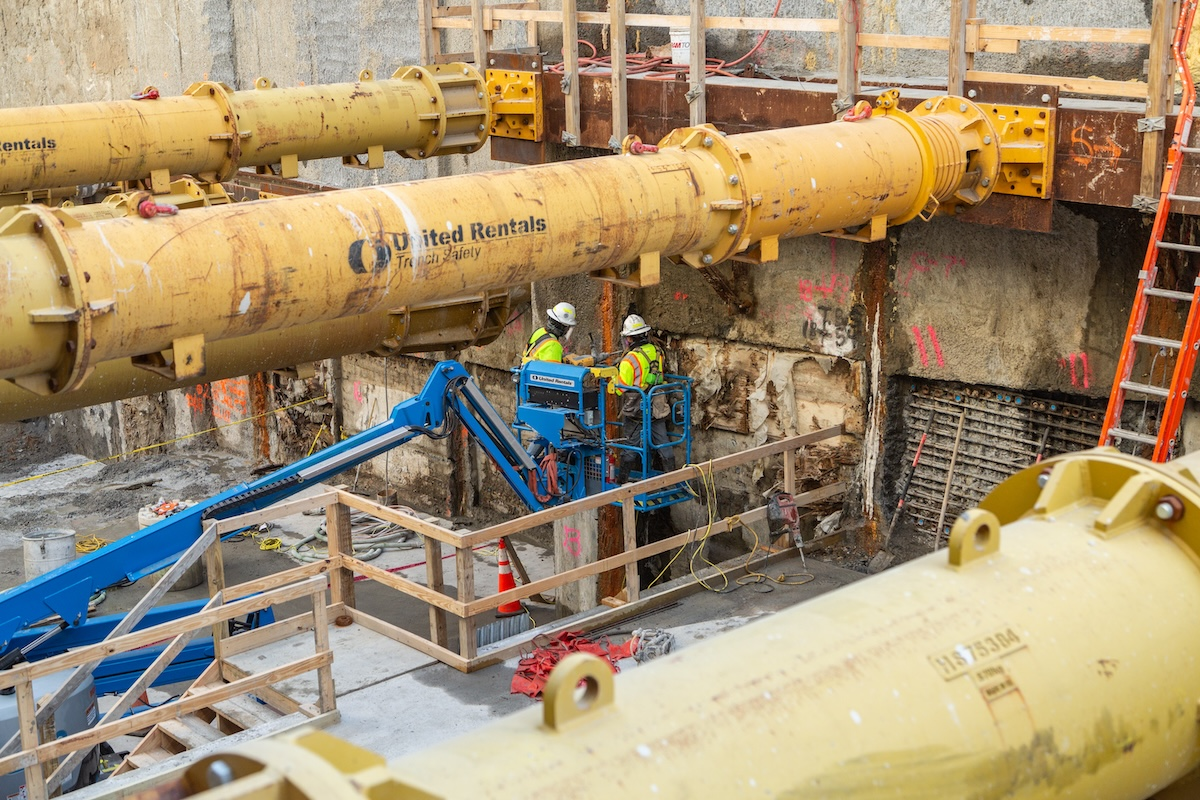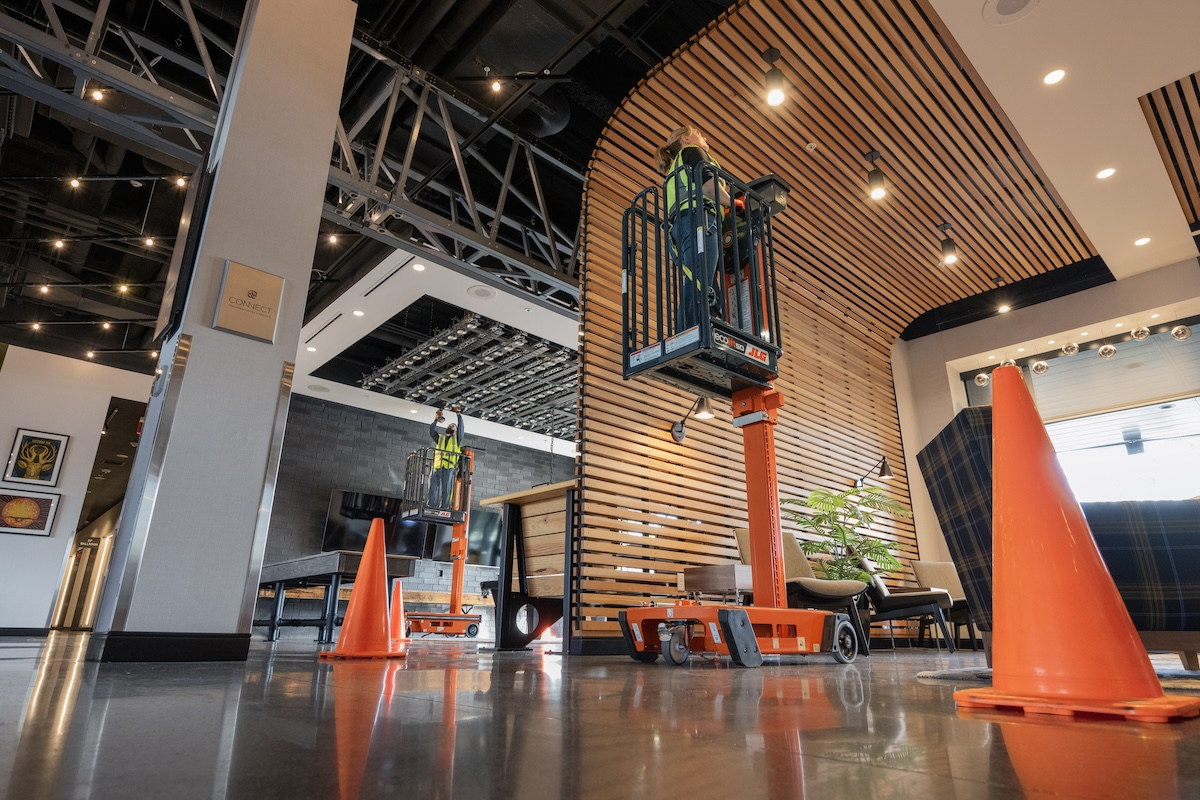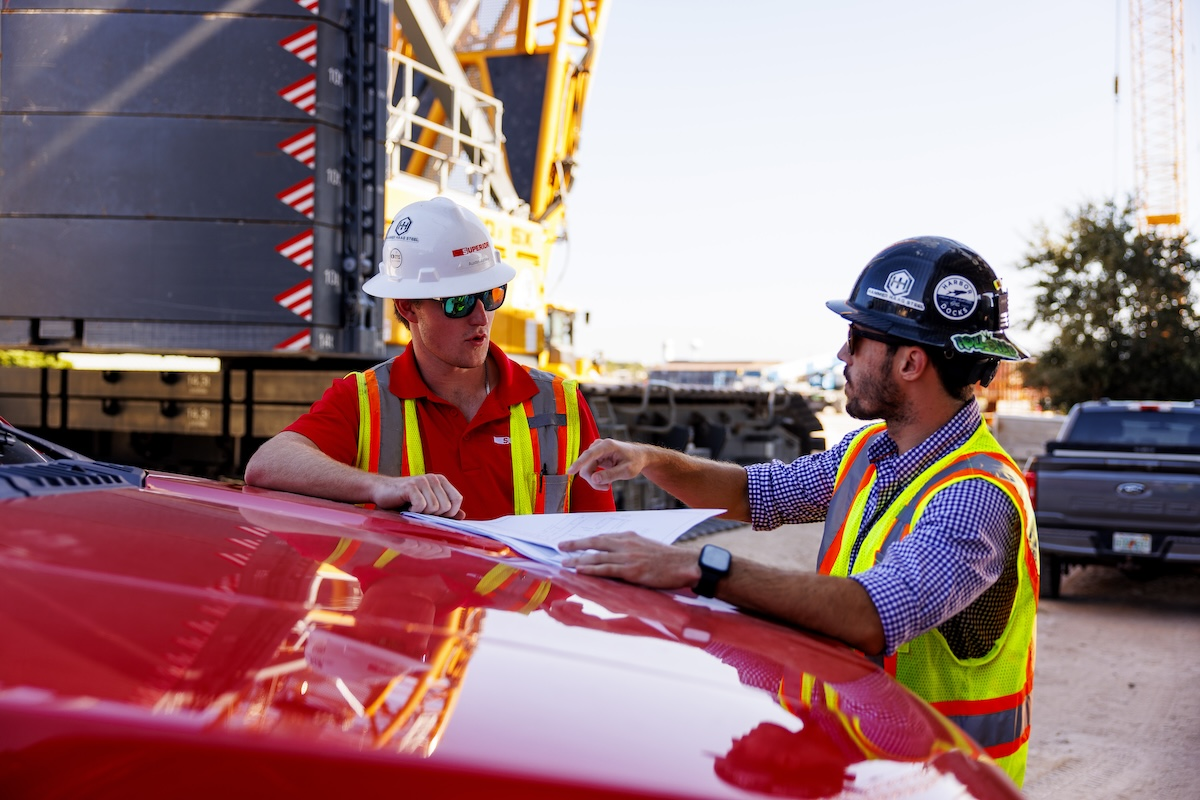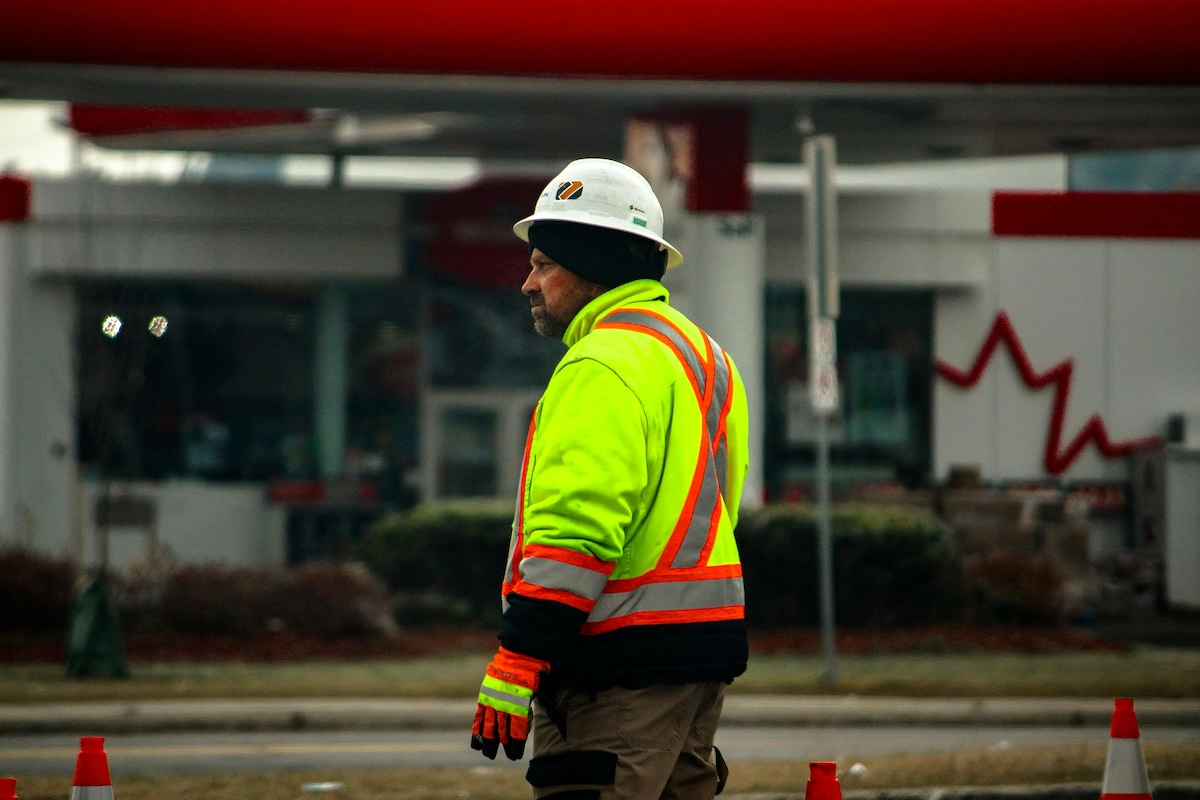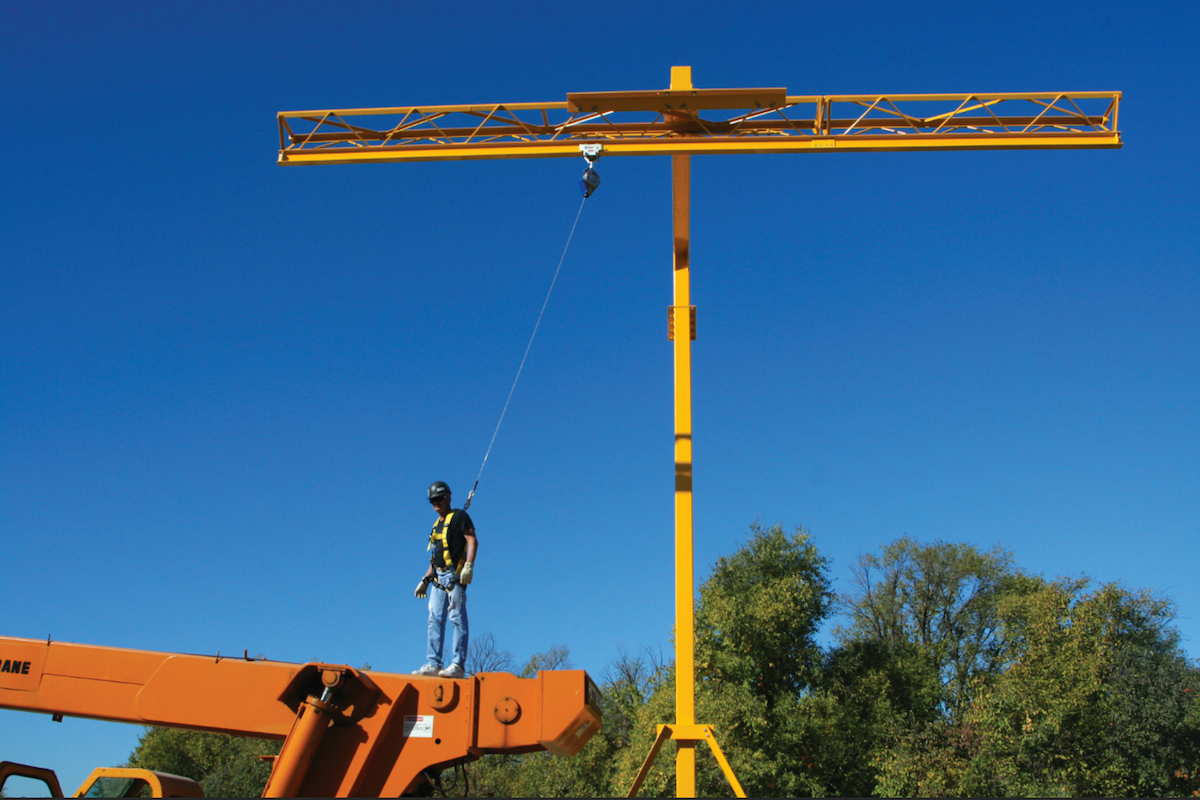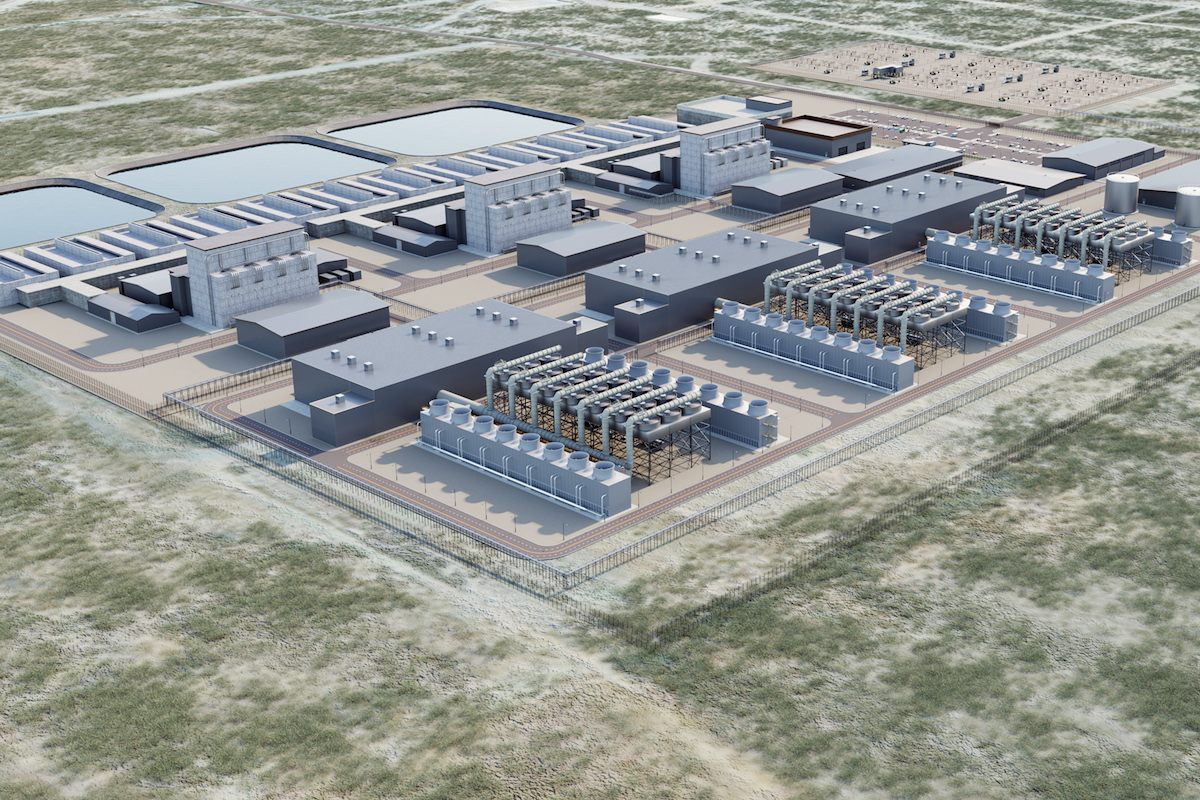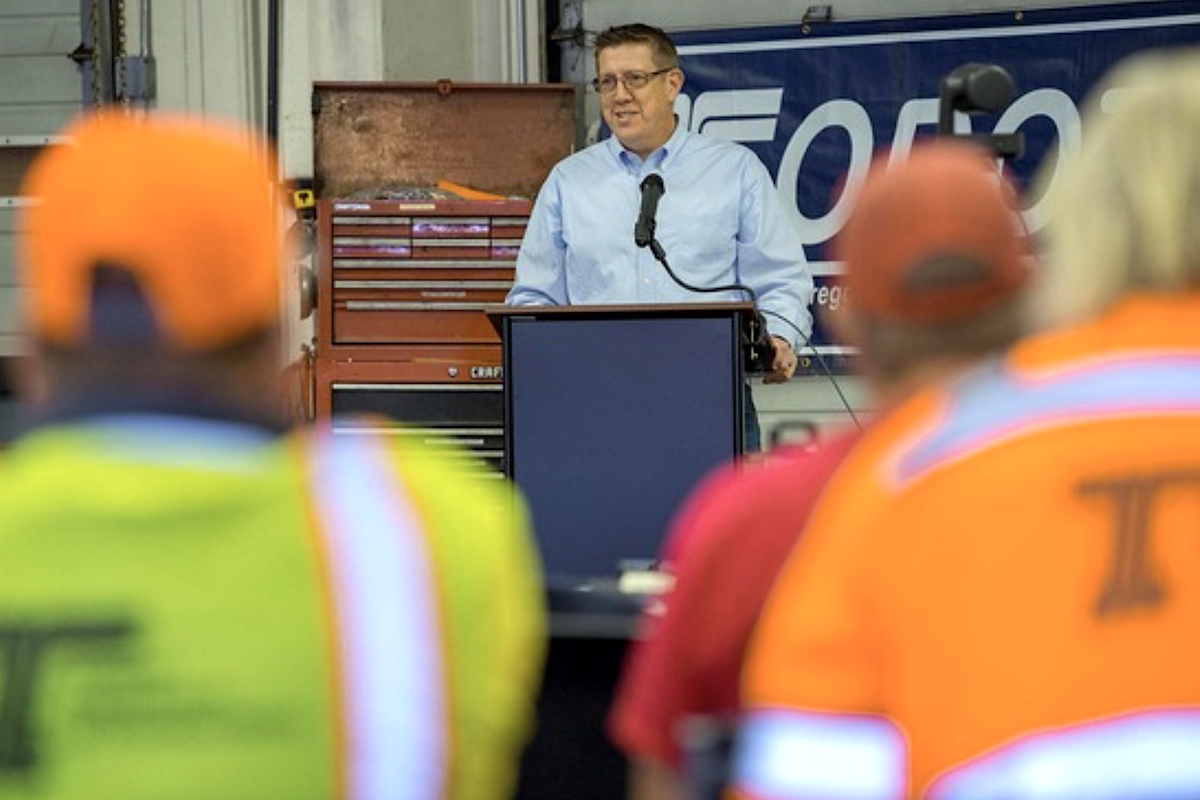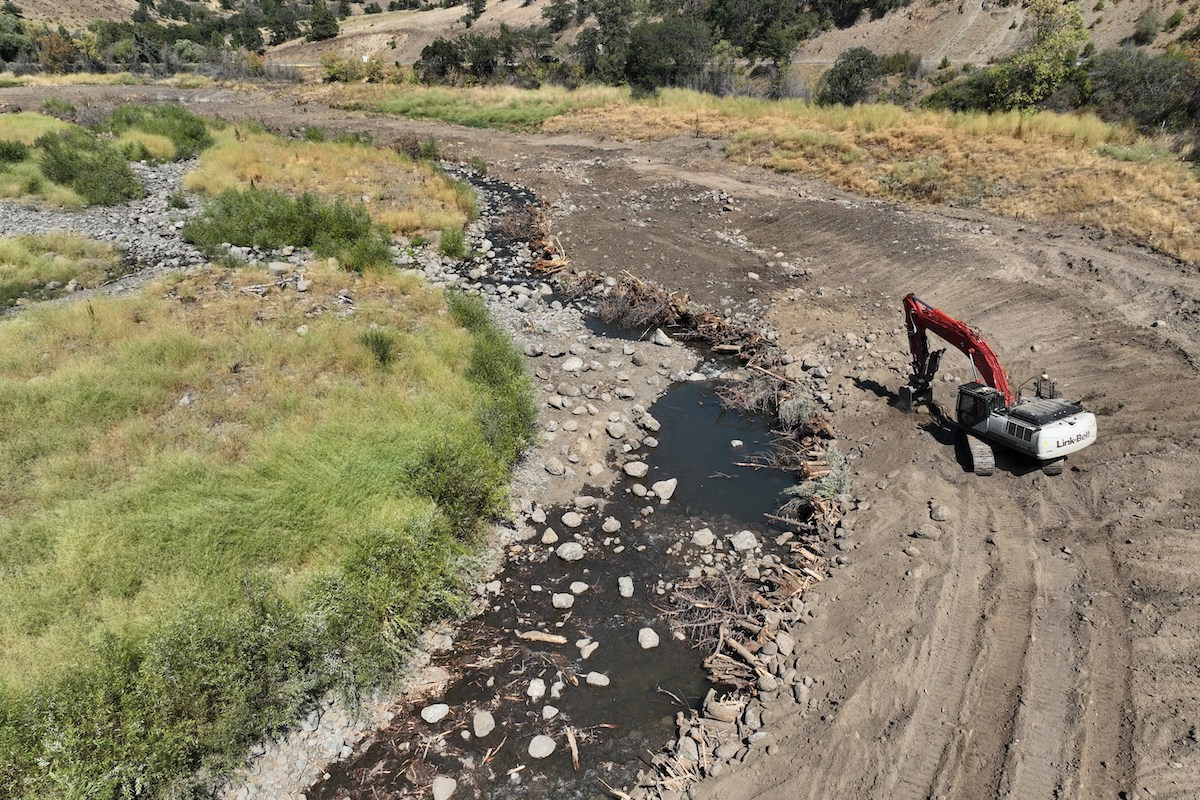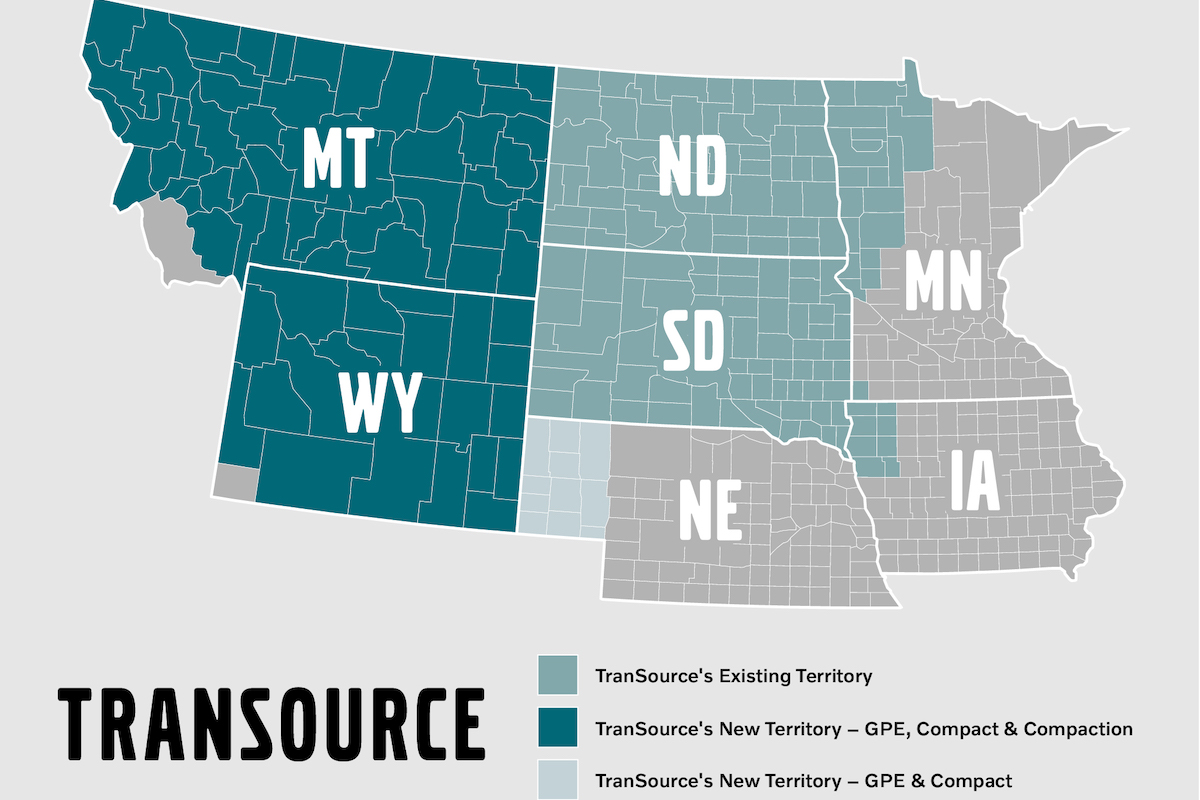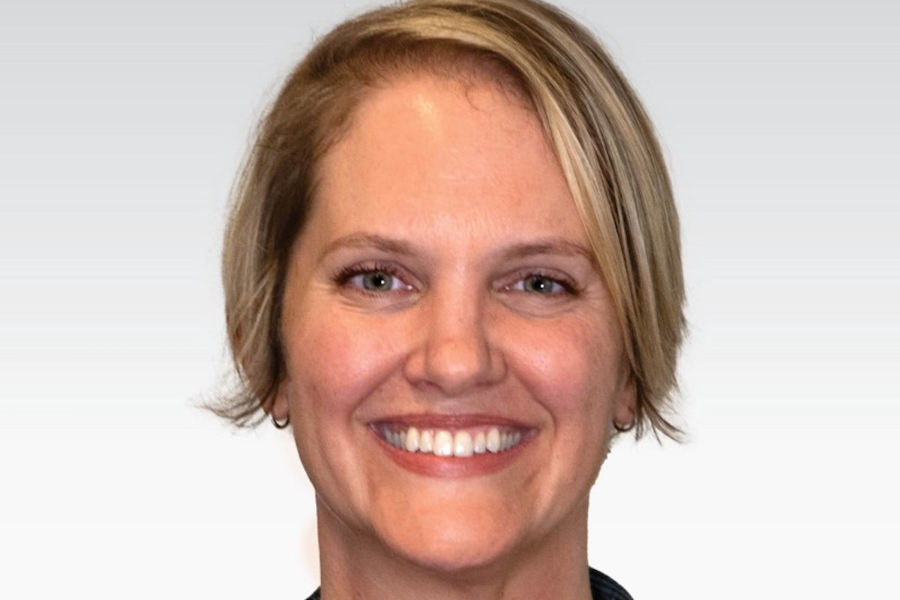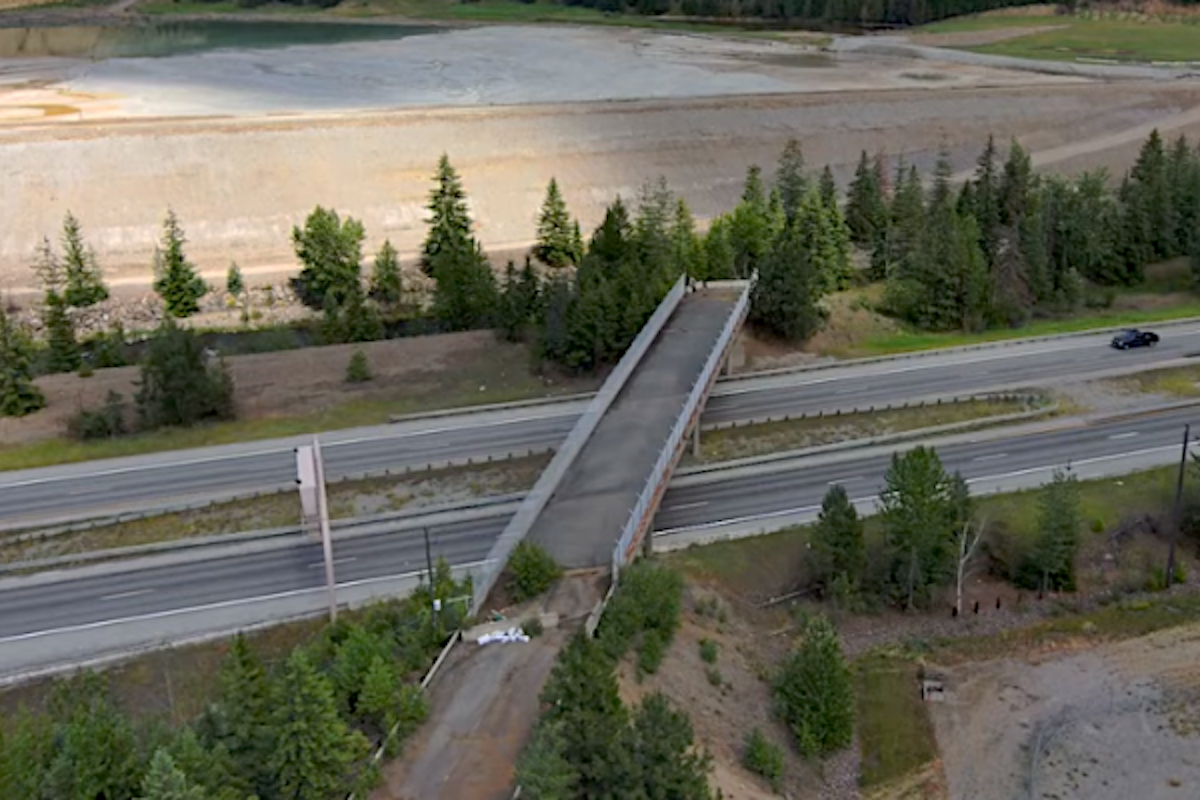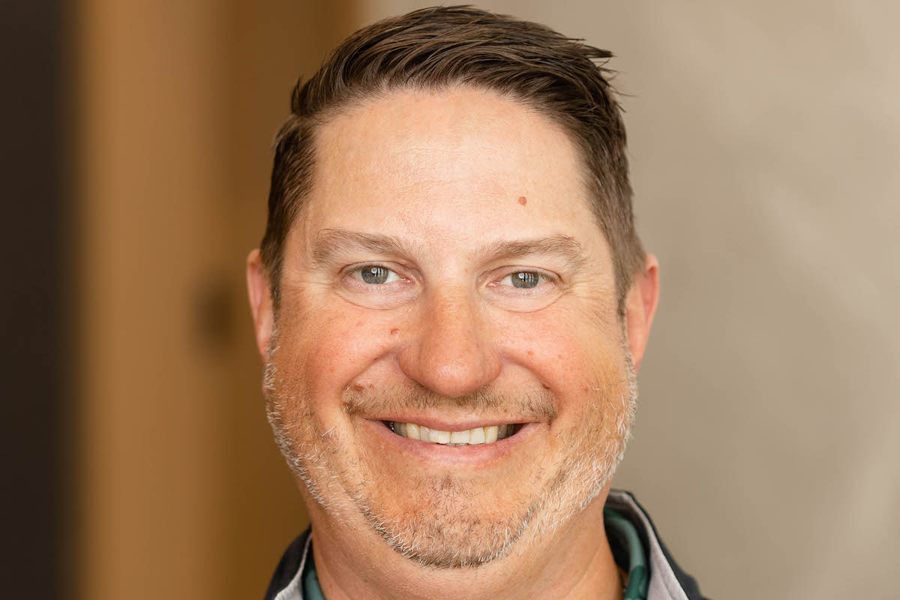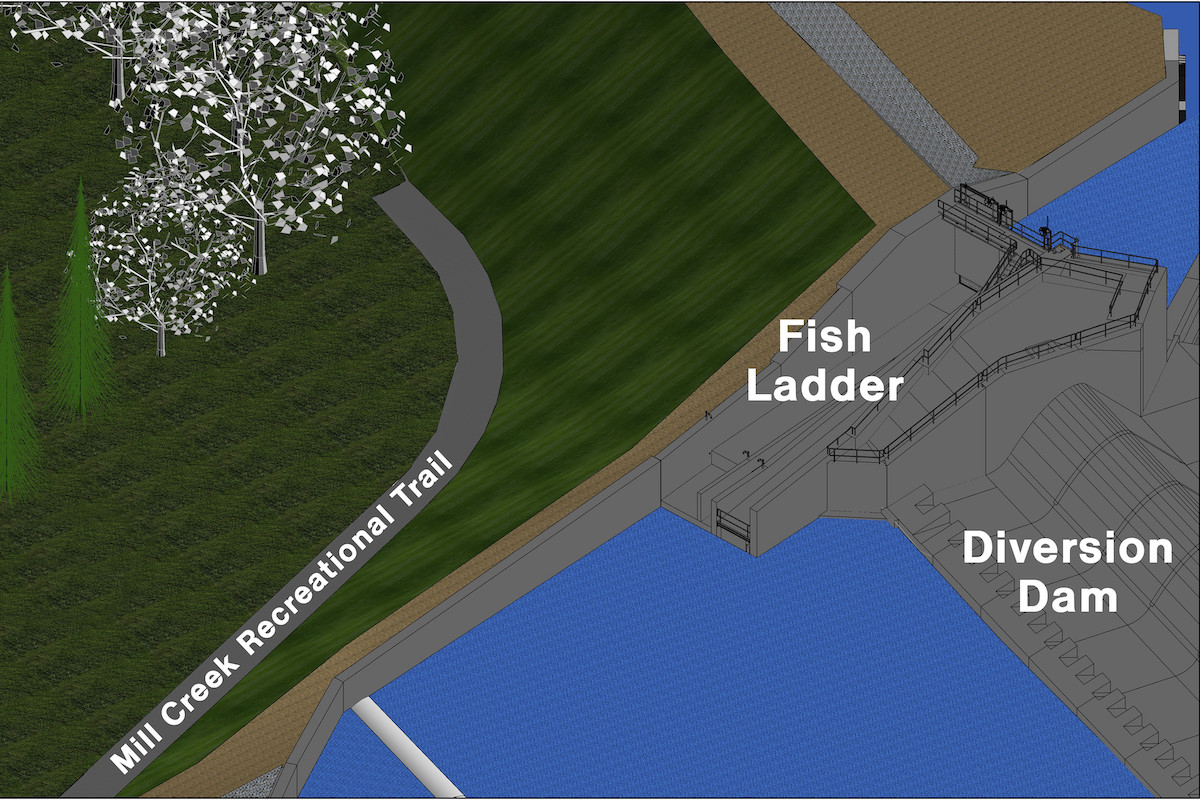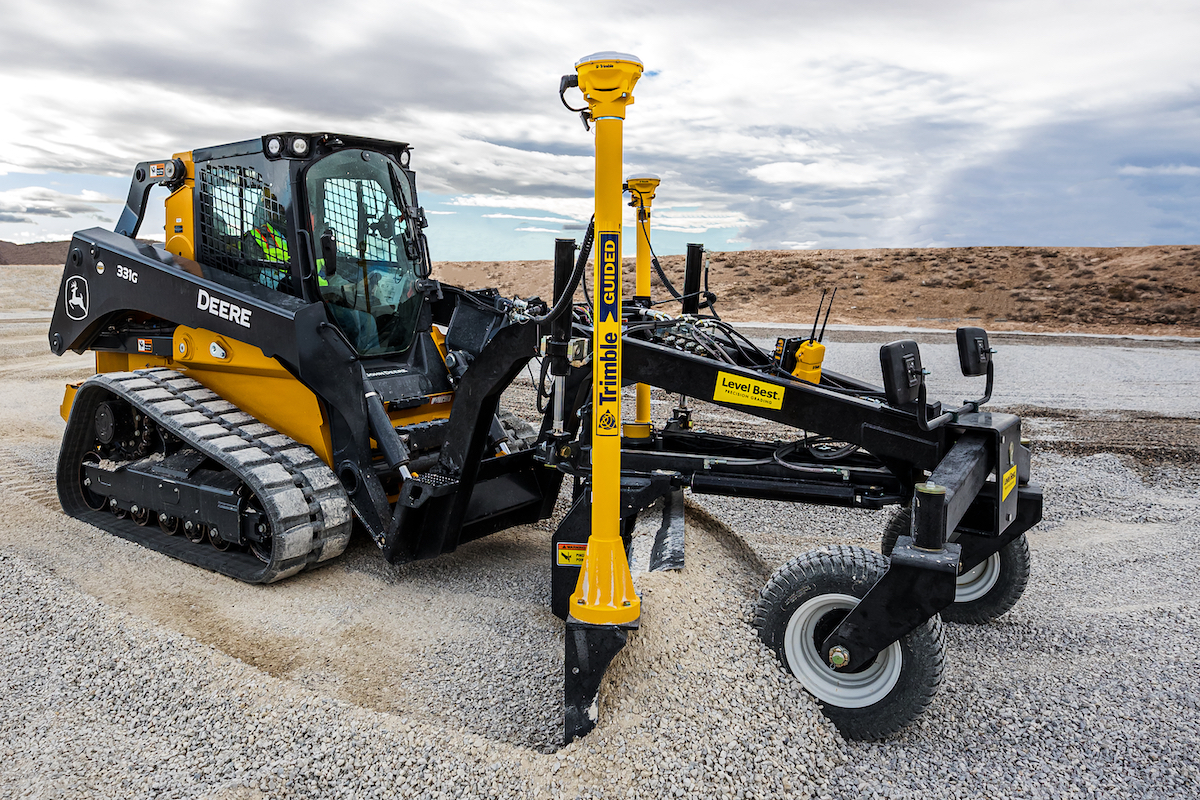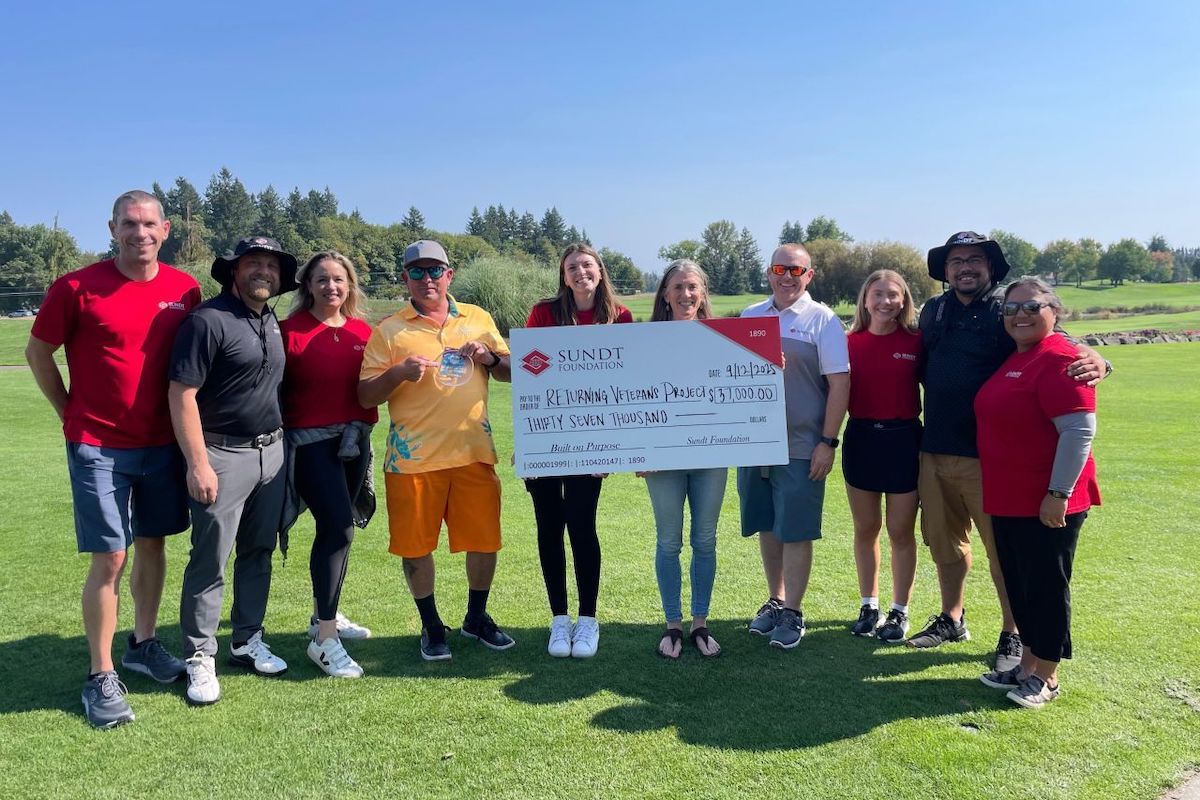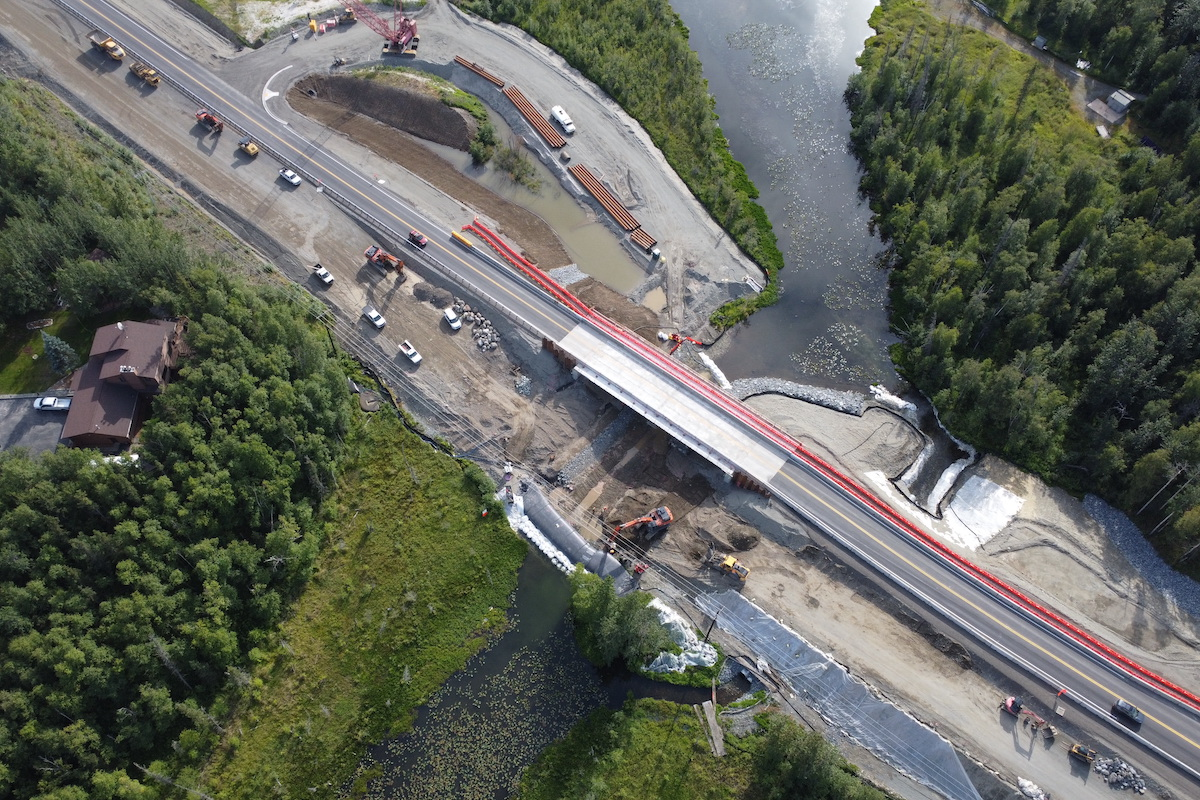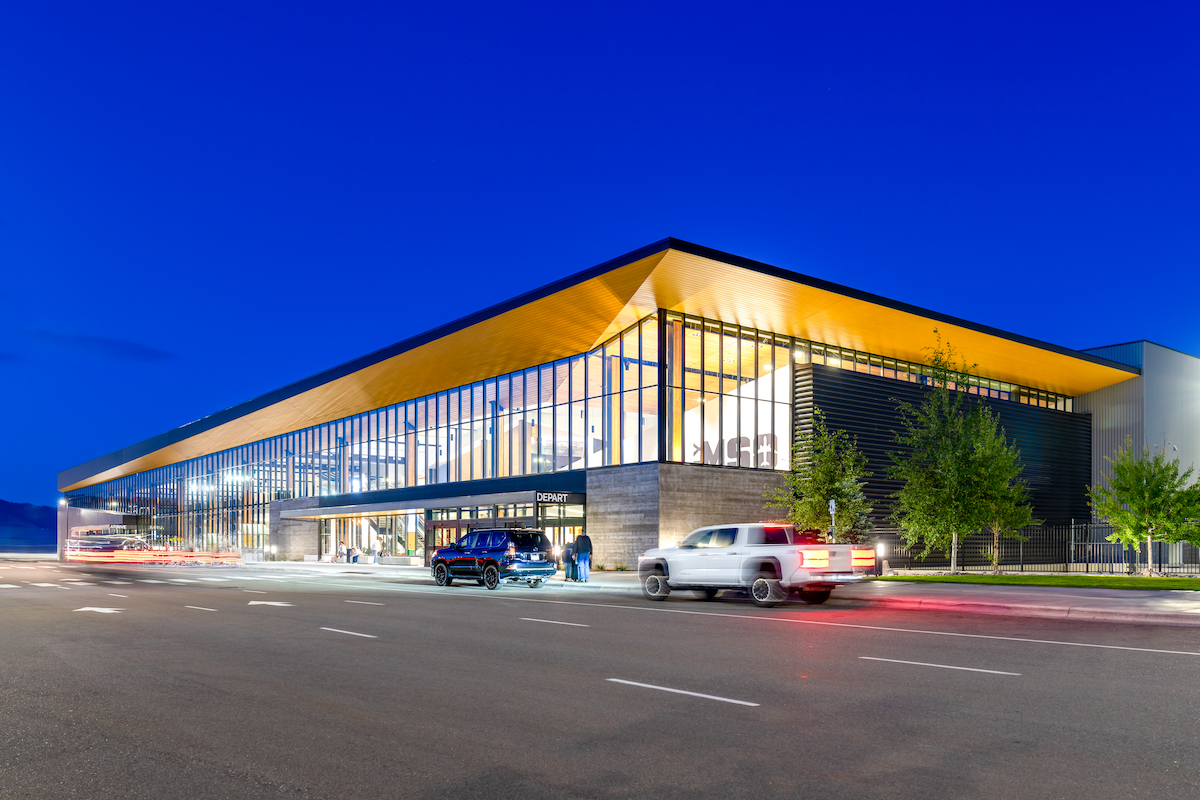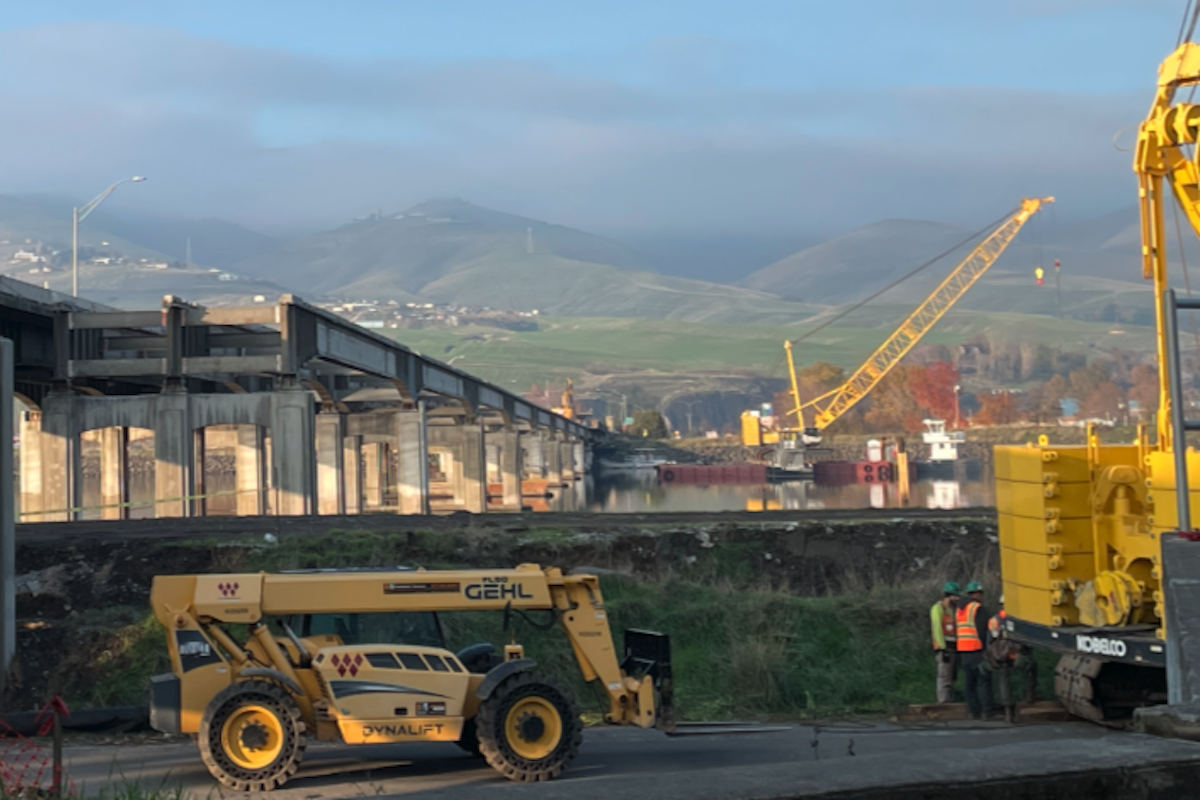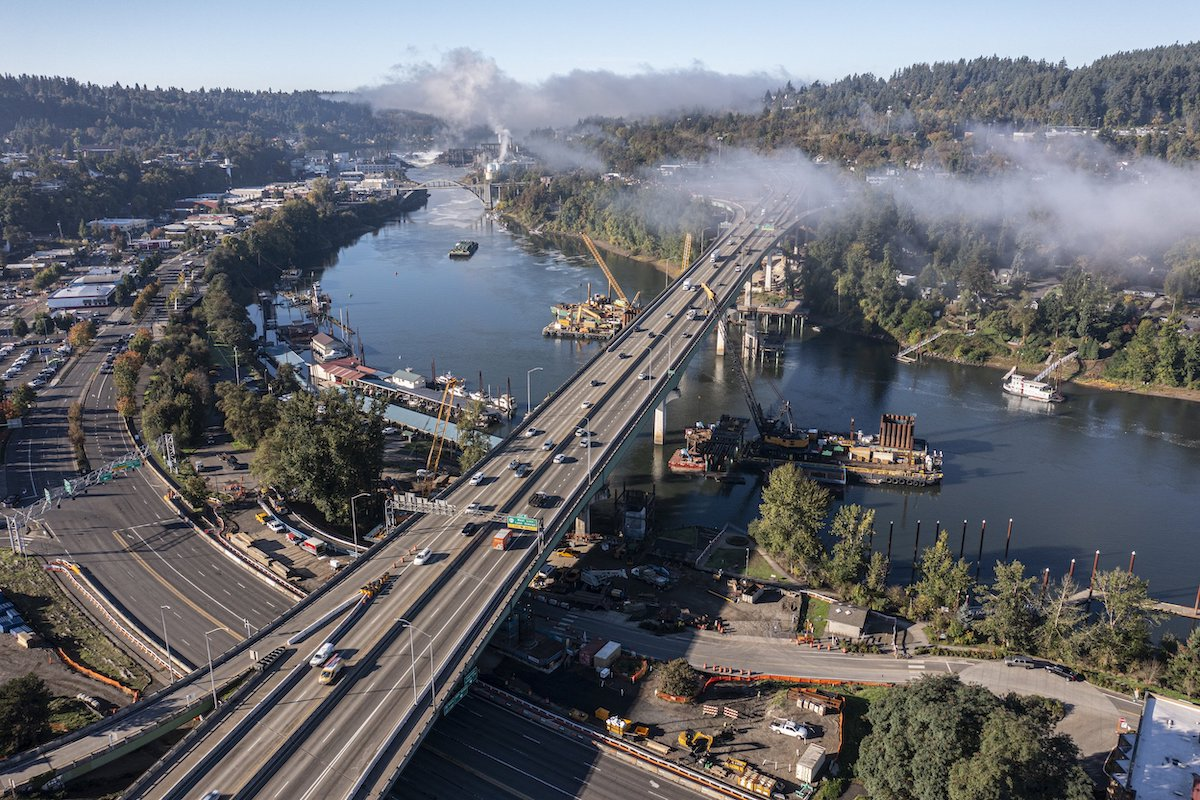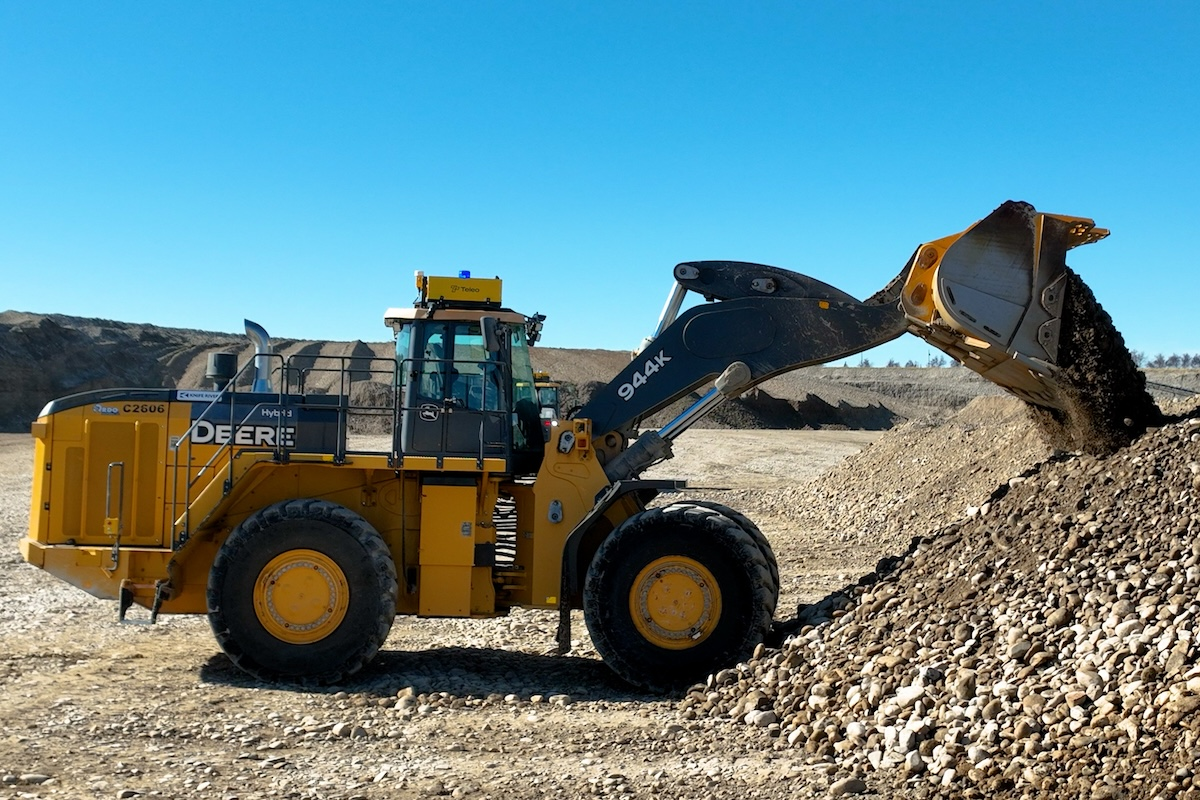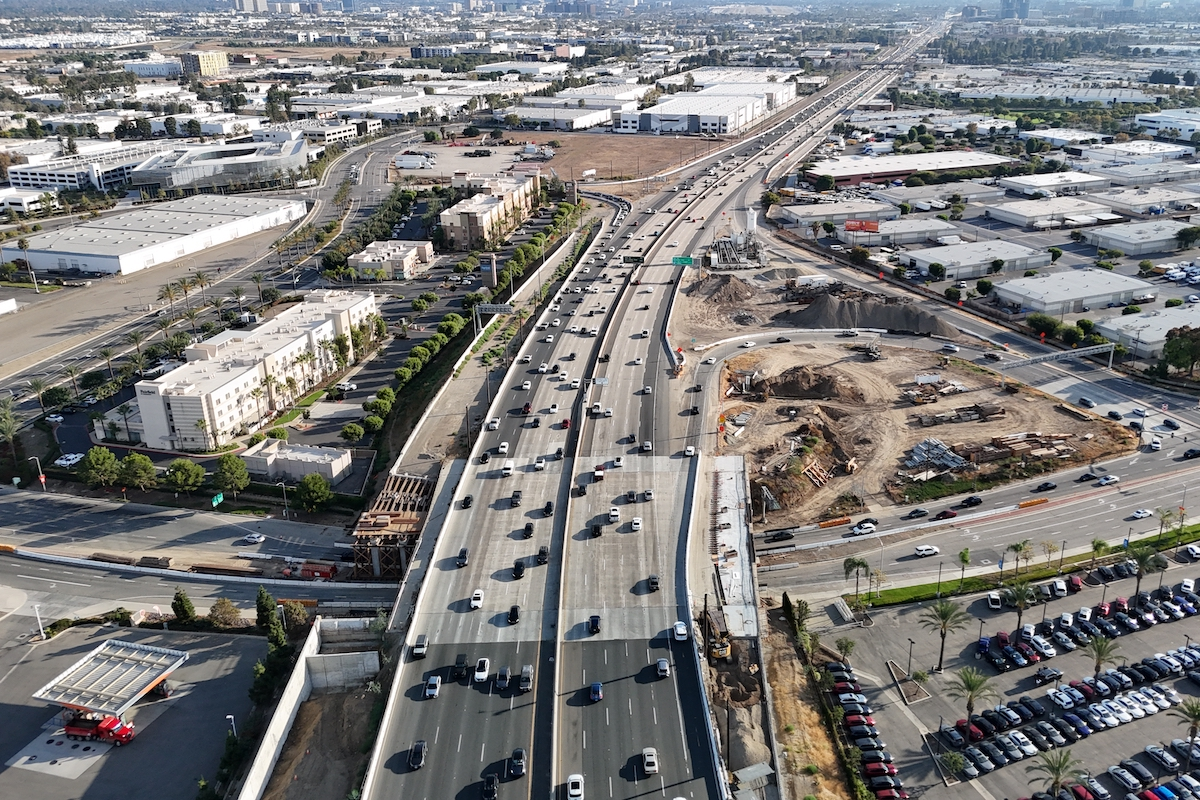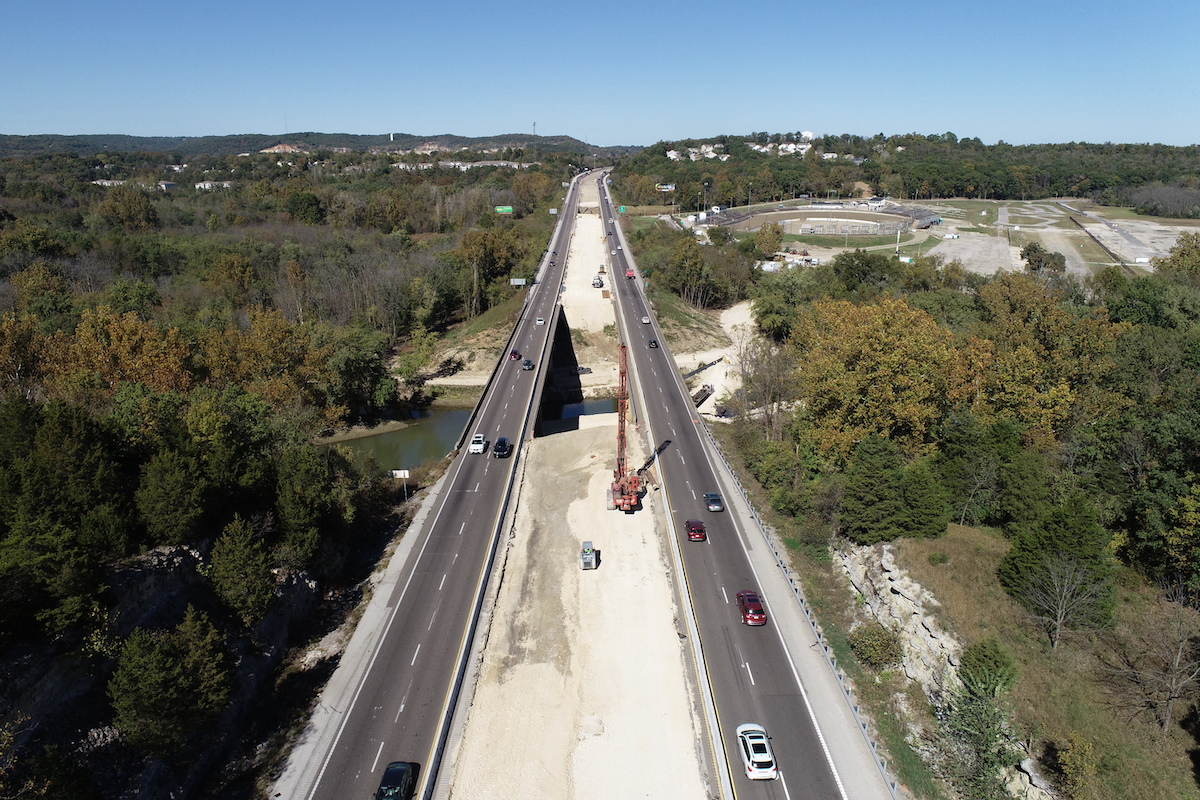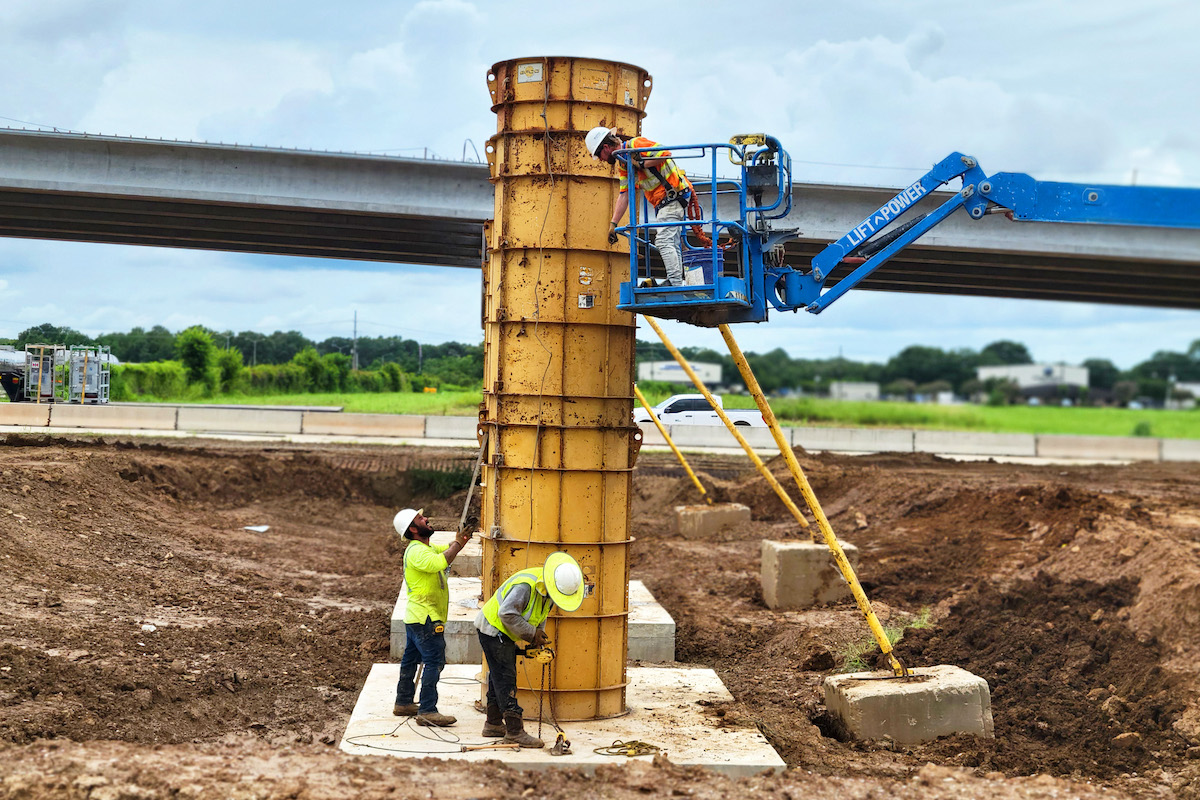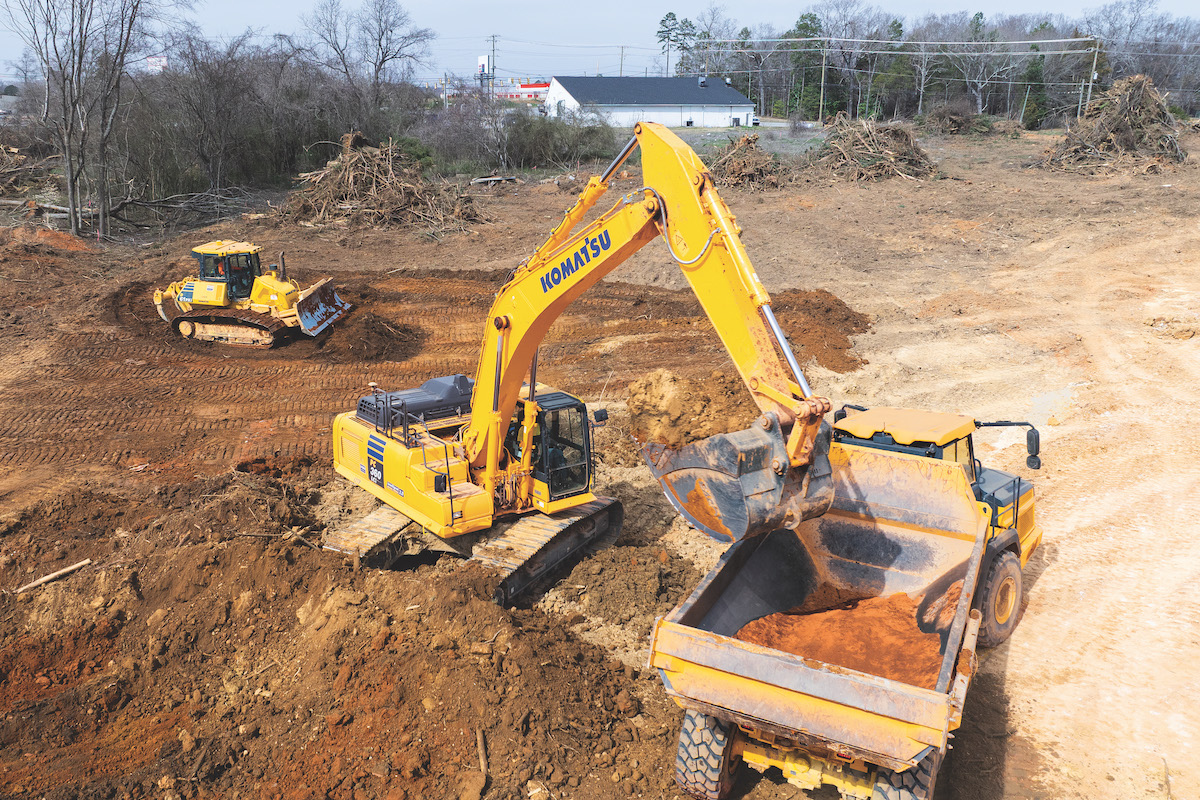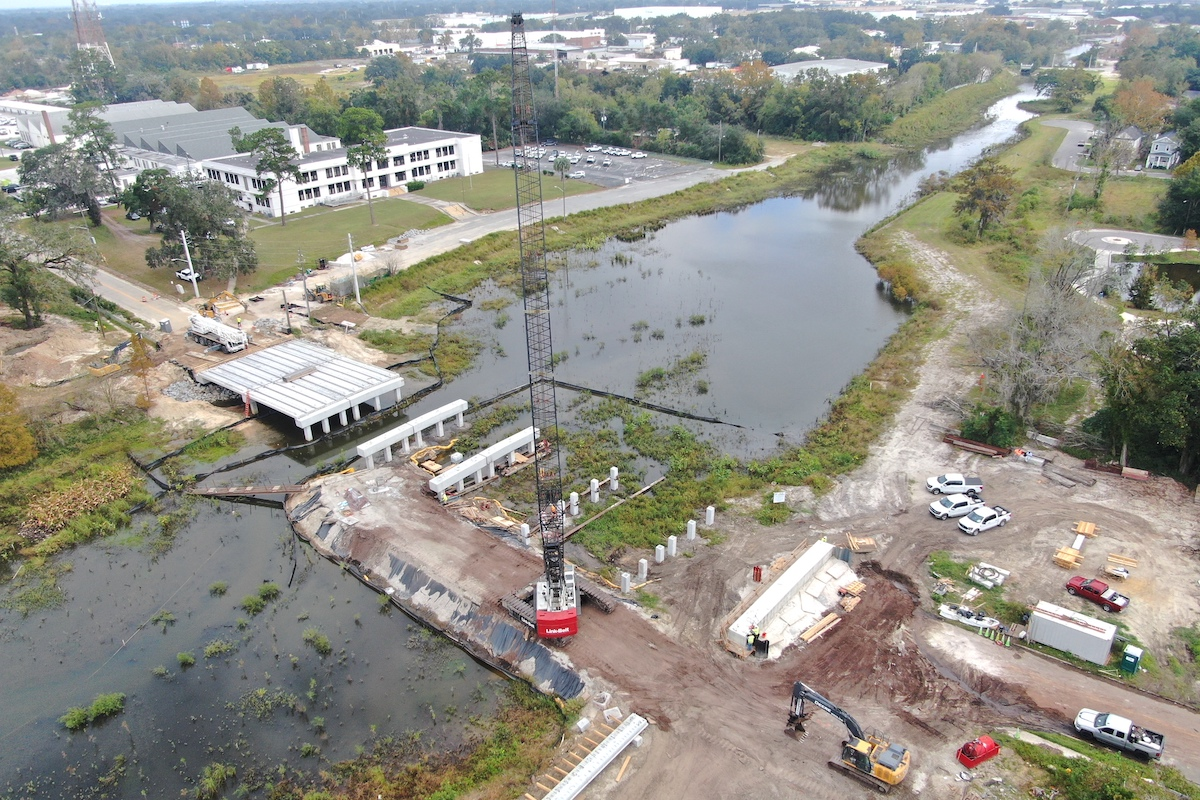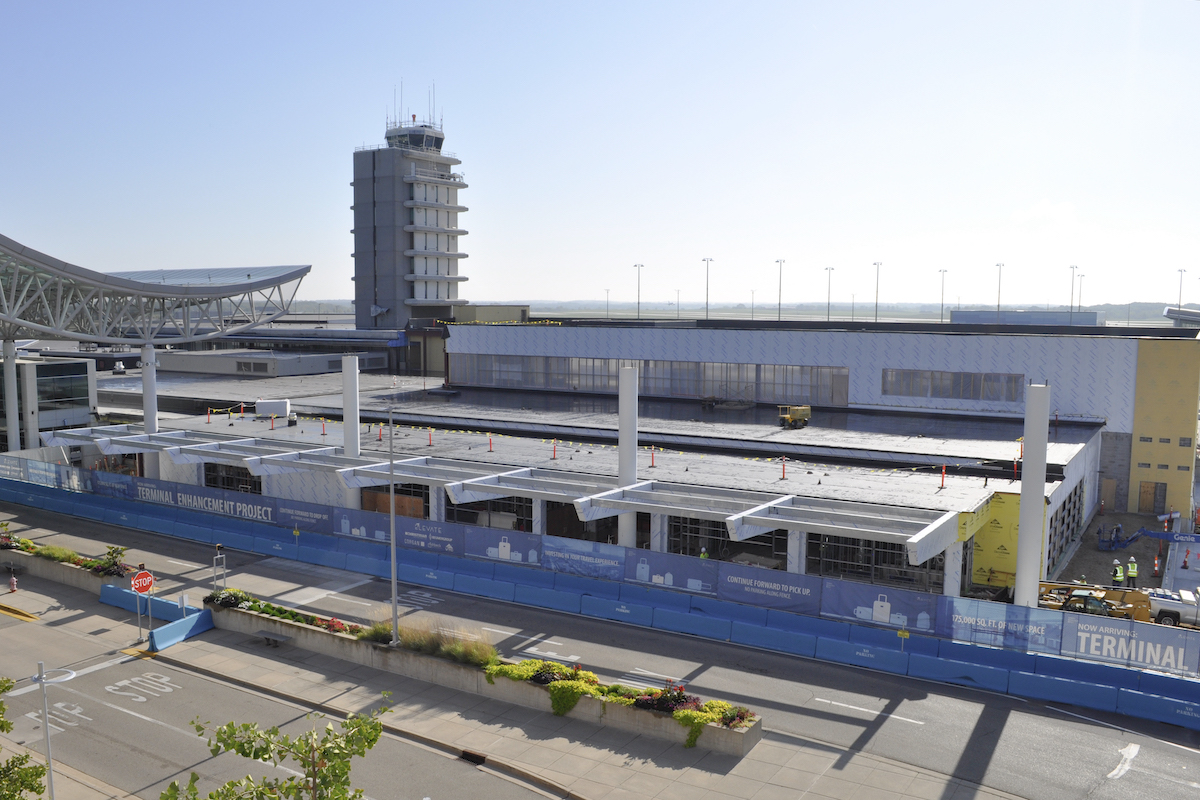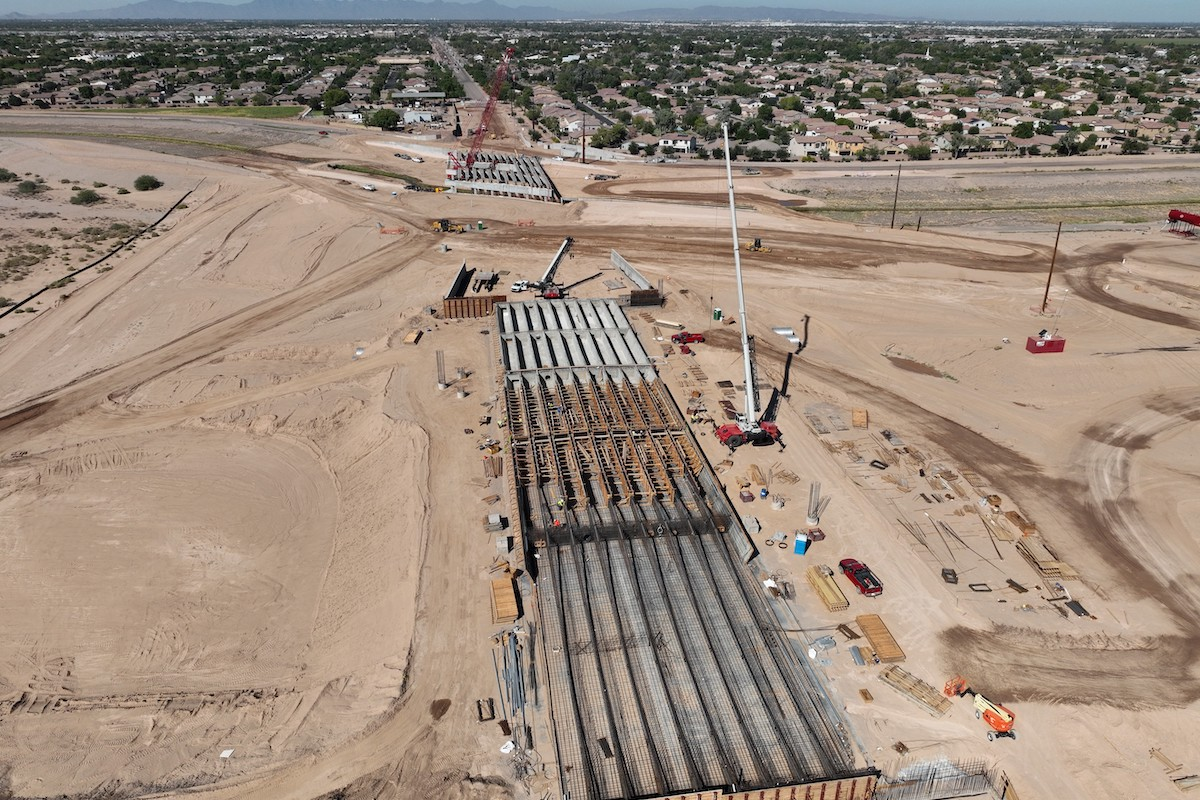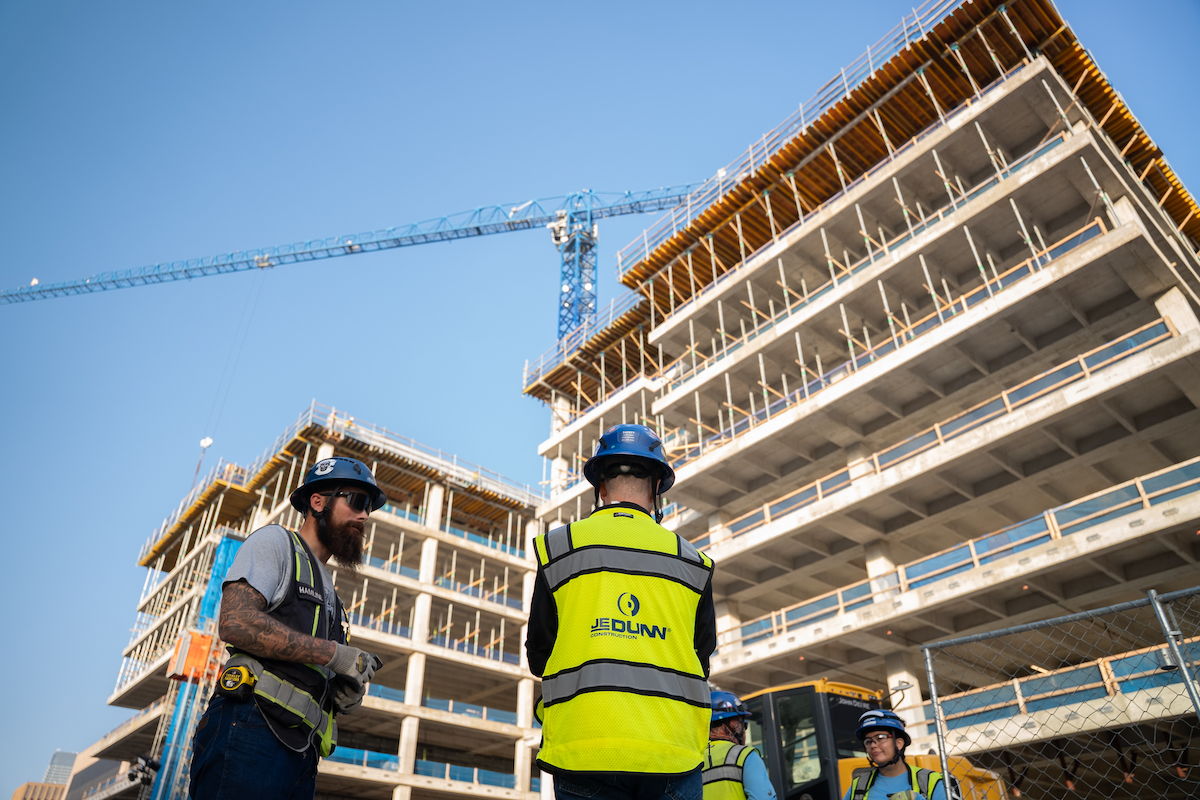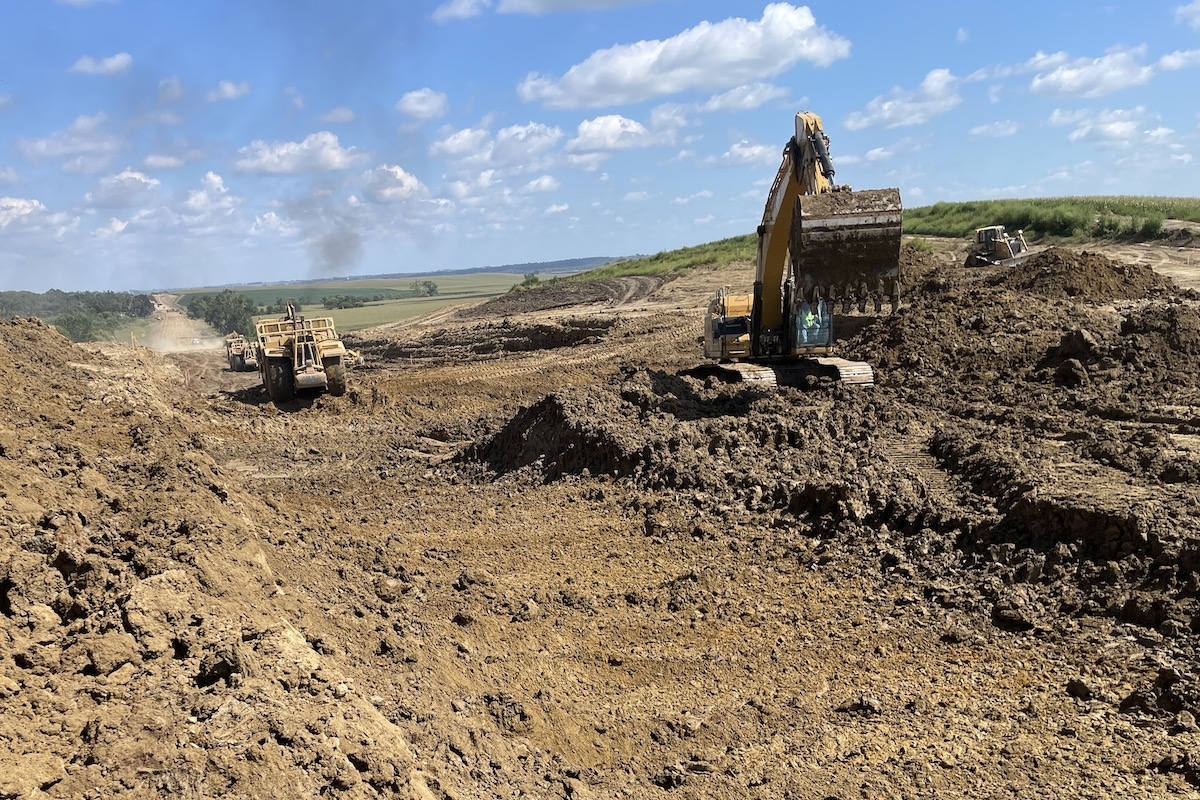Construction workers can encounter many risks on any given day. While some trades inherently expose laborers to more risks than others, almost all trades involve some form of elevated work or work at heights during the construction process. And regardless of the frequency at which a worker is exposed to fall hazards, the risk of injury from falls remains consistent.
The U.S. Occupational Safety and Health Administration (OSHA) requires construction companies to provide fall protection when their employees are exposed to falls 6 feet or greater. OSHA’s recent ruling on proper fit now requires that any personal protective equipment (PPE) — including fall protection equipment — supplied to workers must properly fit so it can be as effective as possible.
If employers do not ensure that the PPE they supply to workers fits properly, they may be unintentionally hindering the performance of their fall protection equipment. This article will discuss OSHA’s recent ruling, the dangers posed by poorly fitting PPE, and the ruling’s impact on employers.
In January 2025, OSHA issued a final ruling to align its Construction 1926 standard with its General Industry 1910 standard in regard to officially requiring proper fitting of PPE. This ruling provides further context to 29 CFR 1926.95, which states that “PPE be provided by an employer in a reliable condition, that employee-owned PPE be adequate, and that PPE be of safe design.”
Why is proper fit so important?

| Your local Somero dealer |
|---|
| American Construction Supply |
According to OSHA, “Improperly sized PPE can be ineffective in protecting workers; create new hazards for the worker, such as oversized gloves or protective clothing being caught in machinery; and discourage use because of discomfort or poor fit.”
The proper functionality of a fall protection harness, in particular, requires it to properly fit on the user.
Proper tension is crucial to ensure a worker remains safe during fall arrest. A properly tensioned harness enables the user to maintain an upright posture and keeps the body stationary during fall arrest, which best mitigates fall forces that the harness can partially absorb.
If a harness fits loosely, it will suddenly become very tight in crucial areas, such as the groin or pelvic region. This sudden tightening of the harness can cause unanticipated injury and will not properly absorb forces from the user.

| Your local Metso Minerals Industries Inc dealer |
|---|
| PacWest Machinery |
| Westate Machinery Co |
OSHA and the American National Standards Institute (ANSI) require fall protection manufacturers to ensure that no more than 1,800 pounds of force are felt by a user in their harness. However, this can only be performed if the user dons the harness correctly, according to the manufacturer’s specifications.
Fall protection harnesses are available in multiple sizes to accommodate different body types. Most manufacturers offer size recommendations based on the user’s height and weight, but employers must verify every harness to make sure the suggested size can be adjusted to a proper fit.
Each time sizing adjustments must be made before performing elevated work, the likelihood of an improper fit and the risk of injury increase. Many employers find benefits in assigning harnesses to each worker so that once proper fit is achieved, it can be used every time by that same worker.
Every OSHA- and ANSI-compliant fall protection harness will have five points of adjustment — two leg straps, two shoulder/torso straps, and one chest strap. If a user is not properly positioned upright during fall arrest, more force could be incurred on the user’s spine, and there is a greater risk of severe injury.

| Your local Trimble Construction Division dealer |
|---|
| SITECH Northwest |
The leg straps should be adjusted tightly enough to remain stationary on the user’s leg but not so tight they cut off circulation. One common rule to determine leg strap tightness is called “flat hand, not fat hand.” This is where a user’s extended palm (flat hand) can comfortably slip under the leg strap when tightened, but not the user’s fist (fat hand).
The shoulder and chest straps should then be fitted in unison. Users should make sure their shoulder straps fit snugly by pulling on the tensioners located near their torso. The user should feel slight tension on their shoulders from these straps, and they should not be able to slip off while moving around.
If the shoulder straps are properly tensioned, they should help the chest strap sit in its proper place — which is aligned with the creases created by a user’s armpit when they hold their arms flat against the side of their body. It is important to set the chest strap at the proper height; if it is too high, the user risks being choked by the chest strap, as it may elevate when the user is suspended during their fall arrest. Too low could cause the worker to not remain upright during fall arrest.
For employers who have always done the right thing and ensured that the fall protection harnesses they supply fit the workers using the equipment, this ruling will not significantly impact normal operations. However, employers who have neglected to ensure proper fit with employees now risk citation and potential fines if they continue to do so.

| Your local Volvo Construction Equipment dealer |
|---|
| PacWest Machinery |
Ensuring proper fit can be easily taught to employees during initial training, and there are several ways employers can verify employees are complying with proper fit techniques.
Since OSHA requires fall protection equipment to be inspected before every use (commonly referred to as the pre-use inspection), this is a convenient time for employers to also require fit checks on the harness. Improper fit could render the harness as ineffective as damage or defect. The only way to guarantee that a fall protection harness works as designed is by fitting it according to the manufacturer’s specifications.
One simple fall can lead to a lifelong, debilitating injury or fatality. In fact, falls are the most common cause of injury and fatality on the job site. The U.S. Bureau of Labor Statistics reported 885 workplace fall deaths occurred in 2023, an increase from the 865 fall fatalities reported in 2022. Sadly, the number of fall deaths has increased year-over-year since 2020.
Ensuring proper fit not only helps guarantee the effectiveness of fall protection equipment but also helps increase a worker’s fall protection awareness. Workers who are more aware of workplace hazards are more likely to take part in their personal safety.

| Your local Bobcat dealer |
|---|
| Pape Material Handling |
Companies like Diversified Fall Protection can help educate workers on the importance of fall protection, identify fall hazards, and provide customized solutions to prevent injuries. Together, we can educate workers on how they can stay safe while working at heights and prevent avoidable tragedies.
Philip Jacklin is Continuing Education Program Manager for Diversified Fall Protection. He is an AIA continuing education provider, QSSP certified, OSHA-30 trained, and has been a partner to the fall protection industry since 2018.





